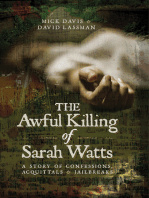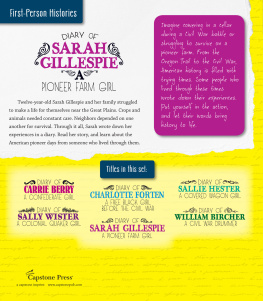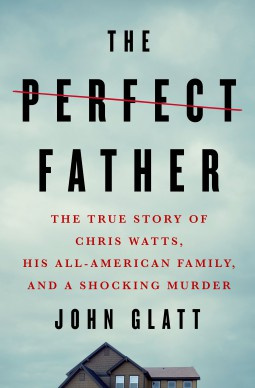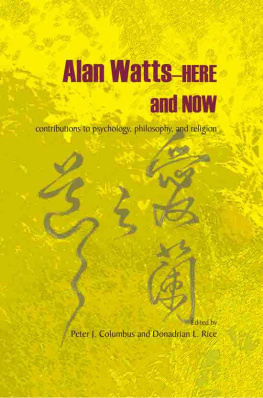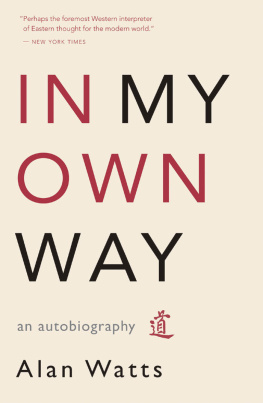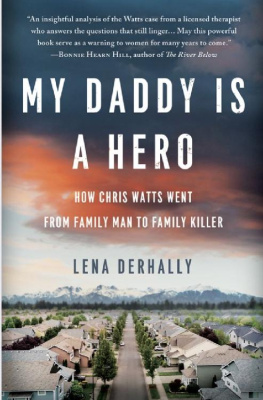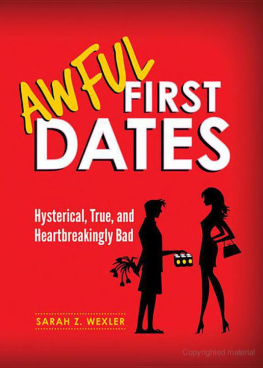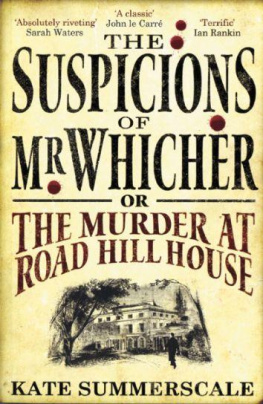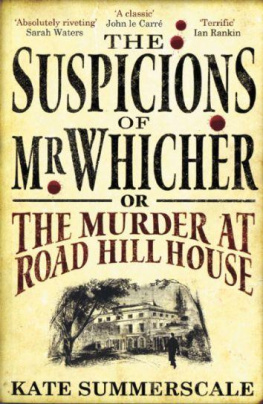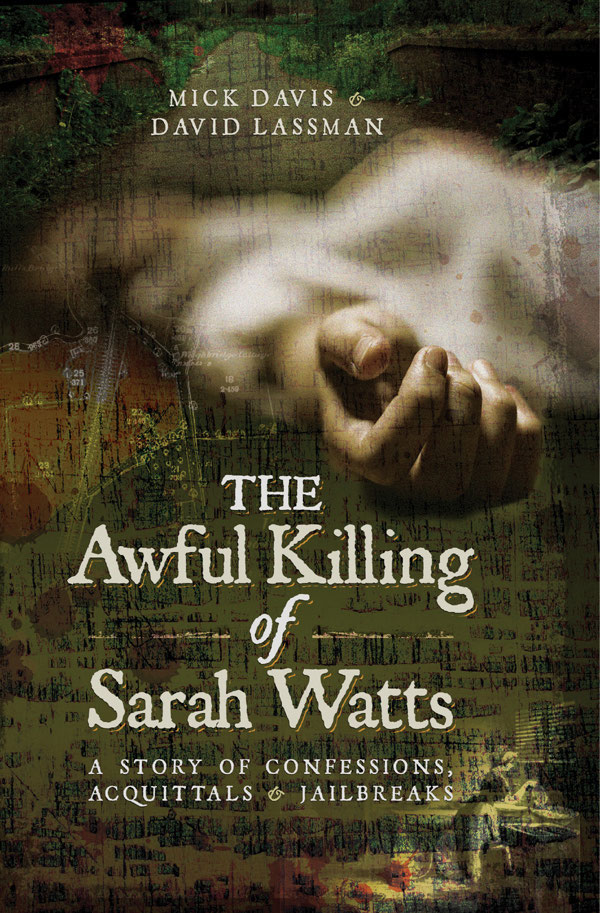
THE AWFUL KILLING OF SARAH WATTS
THE AWFUL KILLING OF SARAH WATTS
A STORY OF CONFESSIONS, ACQUITALS AND JAILBREAKS
MICK DAVIS & DAVID LASSMAN

First published in Great Britain in 2018 by
Pen & Sword True Crime
an imprint of
Pen & Sword Books Ltd
47 Church Street
Barnsley
South Yorkshire
S70 2AS
Copyright Mick Davis and David Lassman, 2018
ISBN 978 1 52670 730 7
eISBN 978 1 52670 732 1
Mobi ISBN 978 1 52670 731 4
The right of Mick Davis and David Lassman to be identified as Authors of this work has been asserted by them in accordance with the Copyright, Designs and Patents Act 1988.
A CIP catalogue record for this book is available from the British Library.
All rights reserved. No part of this book may be reproduced or transmitted in any form or by any means, electronic or mechanical including photocopying, recording or by any information storage and retrieval system, without permission from the Publisher in writing.
Pen & Sword Books Ltd incorporates the Imprints of Pen & Sword Archaeology, Atlas, Aviation, Battleground, Discovery, Family History, History, Maritime, Military, Naval, Politics, Railways, Select, Transport, True Crime, Fiction, Frontline Books, Leo Cooper, Praetorian Press, Seaforth Publishing, Wharncliffe and White Owl.
For a complete list of Pen & Sword titles please contact
PEN & SWORD BOOKS LIMITED
47 Church Street, Barnsley, South Yorkshire, S70 2AS, England
E-mail: enquiries@pen-and-sword.co.uk
Website: www.pen-and-sword.co.uk
To our respective wives, Lorraine and Claire, for all their support during the research and writing of this book.
Contents
Acknowledgements
The authors would like to thank the following: Brian Marshall of the Frome Museum for all his help in the initial stages (and who turned out to be a distant relative of the victim, Sarah Watts); Lyndon Thomas, also a descendant of the Watts family, for all his initial research and encouragement, as well as writing the introduction and reading the manuscript in draft form; Helen Leadbeater for reading the manuscript in draft form and her comments; Elaine Callaghan, a descendent of the Maggs family for her help with that family via the Ancestry website; Colin Perry for his prodigious work tracing the Hurd family history; Dr David Robinson for his help and support regarding the research of Detective Sergeant Henry Smith and the Metropolitan Detective Branch, and C. John Cotton of the Historic Shipping website for his help and knowledge on all things nautical; The staff at Frome Library for all their help; Frome Society for Local Studies; and finally, Frome Community Education for running the Local History course which facilitated the meeting of the two authors and gave the impetus for this collaboration.
Foreword
Many years ago I was tracing my family tree, looking at the Watts family from Frome. I kept coming across the story of Sarah Watts, the subject of this book, but dismissed it as not being part of my ancestry. It seemed to me that if she were related, I would have heard about it. But it was a story that wouldnt go away, and eventually I discovered that Sarah was the sister of my great, great grandfather. The more I read about Sarah, the more I wanted to make sure that she was somehow remembered. So I wrote up my research and deposited a copy with Frome Library.
I am absolutely delighted that Mick Davis and David Lassman decided to do the job properly. They have added immeasurably to my account. They have put the flesh on all the characters involved and brought them back to life in a way that I didnt know was possible. They have managed to research and organise a mass of historical detail so that a very complex story with lots of different threads results in a whodunit which still fascinates today.
Lyndon Thomas
May 2017
Introduction
The murder of Sarah Watts at Battle Farm, West Woodlands, in September 1851, was originally going to be just one article in an anthology of crime and murder within Frome and the surrounding areas, but it quickly became apparent that this story warranted a whole book to itself.
The brutality of the crime itself, along with the national interest in it, certainly brought it into the league of the Francis Saville Kent murder, only a few miles away at Road, nine years later. It also involved an investigation by a member of the Metropolitans Detective Branch a colleague of Inspector Jack Whicher who would be sent down to investigate the Road Hill House murder along with several other similarities, but there was so much more that is unique to this case.
Many of the characters involved in this story could almost warrant books of their own, and the town itself is of an extraordinary character; one not given to idle boasts, yet can claim numerous feats and achievements belying its meagre population. For example, at one time, due to the textile industry that flourished in the town, it was bigger than Bath in terms of wealth and prestige, and it has more listed buildings than anywhere else in Somerset, including Bath.
The main source material relating to this story comes from the transcripts of the inquests, magisterial proceedings, Quarter Sessions and assizes courts. Although it seems the originals of all these no longer survive, due to the huge amount of interest there was in the case locally and nationally proceedings were widely reported in the press. Each newspaper would publish slightly different versions although the main facts would be the same dependent on the individual traits of the court reporter or publication involved. What the authors have done is to take all this reportage and combined it into what is probably the fullest and most accurate account there is likely to be without the original transcripts to work from.
As for the evidence itself, as given by witnesses during all these proceedings, there is naturally a lot of overlap between the testimonies given before the local magistrates and later, before the circulating judges at the assize courts, but there are enough differences in several cases to make each of value and warrant their inclusion. And, of course, not all witnesses gave evidence in both courts, while some accounts were more detailed than others, along with changes in emphasis or added detail. Grammar and punctuation have been rationalised in some cases to make the proceedings easier to understand and the names of witnesses, places and events have been corrected using the 1851 census returns where conflicts have arisen between accounts.
The court reporters often gave a list of replies to questions without printing the questions themselves, which saved space but made some accounts rather stilted; again, punctuation and grammar has been changed to make some passages more comprehensible, along with the addition, in several instances, of the supposed question. That said, pains have been taken to keep the transcripts as close to the originals as possible, and key facts of the case have been reproduced verbatim.
For those coming to the case for the first time, we do not want to give too much of the story away, suffice to say that at the end of the book we outline our beliefs regarding the resolution of this most intriguing crime. For now, despite the awfulness of the killing of Sarah Watts, the innocent 14-year-old girl at the centre of this story, we hope you will find this case as fascinating as we did (and still do) and that it will stay with you for a long time after the final page of this book has been read.
Next page
